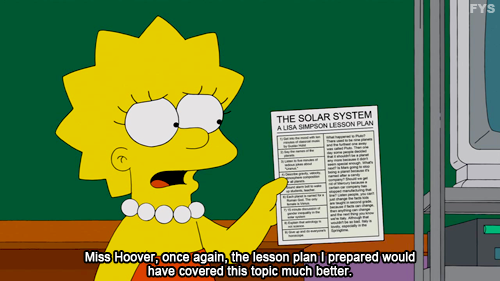Chain Reaction.


Chain Reaction.
Everyone knows that a line of standing dominos creates a fun chain reaction when you knock the first one over; but did you know you can use increasingly larger dominos and get the same result?
The setup.
Professor Stephen Morris knocks over a 1-meter tall domino that weighs over 100 pounds by starting with a 5mm high by 1mm thick domino.He uses a size ratio of 1.5, meaning each domino is one and a half times larger than the last one. This is the generally accepted maximum ratio that dominos can have to successfully knock each other over.
Hans Van Leeuwen of Leiden University in the Netherlands, published a paper online showing that, theoretically, you could have a size ratio of up to two. But that’s in an ideal (and probably unrealistic) situation.
Fun fact.
There are 13 dominoes in this sequence. If Professor Morris used 29 dominoes in total, with the next one always being 1.5x larger, the last domino would be the height of the Empire State Building.

Source: Physics Buzz.
More Posts from Theperpetualscholar and Others





The Field Museum’s Economic Botany collection contains everything from a seed bank (literally vials upon vials of organized seeds), to hats made out of various grasses and straw material, musical instruments and shoes made from certain trees and barks, stalks of wheat, cobs of corn, bags of tea, dyes, medicines. Some of the items are decades old, and a large portion date back to the 1893 World’s Fair, when the trade and sale of such products was essential to industry growth.
This is a collection about the relationship between people and plants, documenting our use and interactions with items we’ve grown and harvested. It’s botanical as much as it is anthropological: the variety of uses for plants that people have discovered and created over thousands of years is staggering and astounding. As we continue to move towards automated agriculture and become less removed from the direct sources for our food and raw materials, I am grateful and intrigued that we may look into a jar of cherry syrup from the 1890′s and gain a bit more knowledge about the way we used to live.
Pictures:
A jar of cherry syrup from Guyana, 1893
A variety of pasta products, presented by the National Macaroni Association, 1920′s
Tortillas from Mexico, 1901
Sugars from Egypt, 1904
Maize from Brazil, 1948-1949
See more about the Economic Botanical Collection on The Brain Scoop!

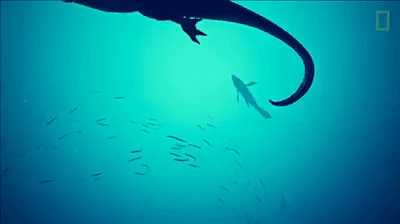
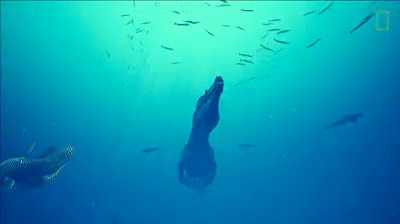
New fossils suggest that spinosaurus was fully aquatic, meaning we have to re-imagine this bigger-than-T. Rex dino’s looks and behavior. Video and article from National Geographic.

The hippocampus is an area of the brain commonly linked with memory and dementia.
But new U of T Scarborough research finds that it may also yield important clues about a range of mental health illnesses including addiction, anxiety and depression.
The research, authored by a team of neuroscientists, found that a specific part of the hippocampus could play an important role in emotional regulation, a finding that calls into question our understanding of how exactly this part of the brain works.
“What this shows is that we may need to rethink how the hippocampus processes information,” says Rutsuko Ito, an associate professor in the Department of Psychology.
Continue Reading.

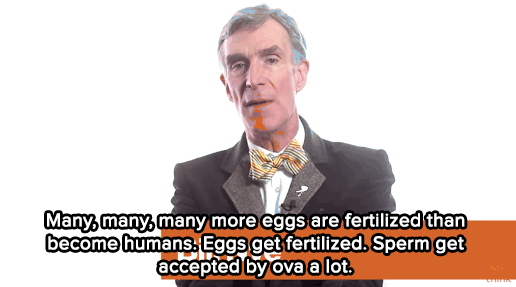

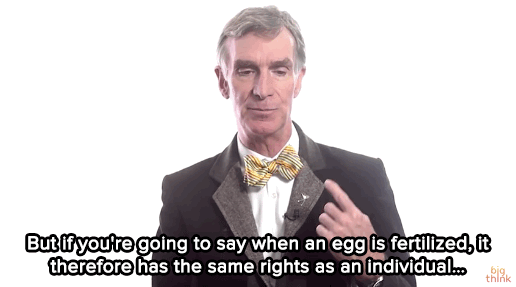

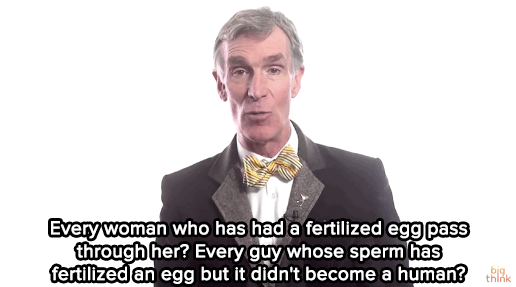

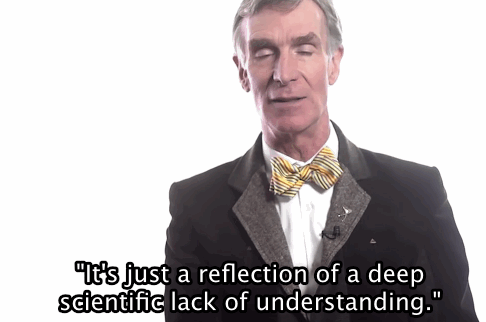



In the left column starting at the top they are Orchard Oriole, Red-winged Blackbird, Eastern Towhee, Northern Cardinal, American Robin and Gray Catbird. And in the right column from the top they are Blue Jay, Carolina Chickadee, Song Sparrow, Field Sparrow, Chipping Sparrow and Seaside Sparrow.
source:
Researchers explore why those with autism avoid eye contact
Individuals with autism spectrum disorder (ASD) often find it difficult to look others in the eyes. This avoidance has typically been interpreted as a sign of social and personal indifference, but reports from people with autism suggests otherwise. Many say that looking others in the eye is uncomfortable or stressful for them – some will even say that “it burns” – all of which points to a neurological cause. Now, a team of investigators based at the Athinoula A. Martinos Center for Biomedical Imaging at Massachusetts General Hospital has shed light on the brain mechanisms involved in this behavior. They reported their findings in a Nature Scientific Reports paper.
“The findings demonstrate that, contrary to what has been thought, the apparent lack of interpersonal interest among people with autism is not due to a lack of concern,” says Nouchine Hadjikhani, MD, PhD, director of neurolimbic research in the Martinos Center and corresponding author of the new study. “Rather, our results show that this behavior is a way to decrease an unpleasant excessive arousal stemming from overactivation in a particular part of the brain.”
The key to this research lies in the brain’s subcortical system, which is responsible for the natural orientation toward faces seen in newborns and is important later for emotion perception. The subcortical system can be specifically activated by eye contact, and previous work by Hadjikhani and colleagues revealed that, among those with autism, it was oversensitive to effects elicited by direct gaze and emotional expression. In the present study, she took that observation further, asking what happens when those with autism are compelled to look in the eyes of faces conveying different emotions.
Using functional magnetic resonance imaging (fMRI), Hadjikhani and colleagues measured differences in activation within the face-processing components of the subcortical system in people with autism and in control participants as they viewed faces either freely or when constrained to viewing the eye-region. While activation of these structures was similar for both groups exhibited during free viewing, overactivation was observed in participants with autism when concentrating on the eye-region. This was especially true with fearful faces, though similar effects were observed when viewing happy, angry and neutral faces.
The findings of the study support the hypothesis of an imbalance between the brain’s excitatory and inhibitory signaling networks in autism – excitatory refers to neurotransmitters that stimulate the brain, while inhibitory refers to those that calm it and provide equilibrium. Such an imbalance, likely the result of diverse genetic and environmental causes, can strengthen excitatory signaling in the subcortical circuitry involved in face perception. This in turn can result in an abnormal reaction to eye contact, an aversion to direct gaze and consequently abnormal development of the social brain.
In revealing the underlying reasons for eye-avoidance, the study also suggests more effective ways of engaging individuals with autism. “The findings indicate that forcing children with autism to look into someone’s eyes in behavioral therapy may create a lot of anxiety for them,” says Hadjikhani, an associate professor of Radiology at Harvard Medical School. “An approach involving slow habituation to eye contact may help them overcome this overreaction and be able to handle eye contact in the long run, thereby avoiding the cascading effects that this eye-avoidance has on the development of the social brain.”
The researchers are already planning to follow up the research. Hadjikhani is now seeking funding for a study that will use magnetoencephalography (MEG) together with eye-tracking and other behavioral tests to probe more deeply the relationship between the subcortical system and eye contact avoidance in autism.

Continuing from last week’s bread-making post, here’s a look at what’s behind the smell of fresh-baked bread! http://wp.me/p4aPLT-1Fe

-
 go-wind-stuff reblogged this · 5 years ago
go-wind-stuff reblogged this · 5 years ago -
 with-no-box liked this · 6 years ago
with-no-box liked this · 6 years ago -
 readerman-blag reblogged this · 6 years ago
readerman-blag reblogged this · 6 years ago -
 dykecanthropy liked this · 6 years ago
dykecanthropy liked this · 6 years ago -
 genderqueer-bookworm liked this · 6 years ago
genderqueer-bookworm liked this · 6 years ago -
 pomrania reblogged this · 6 years ago
pomrania reblogged this · 6 years ago -
 babbbeaberb-bibb reblogged this · 6 years ago
babbbeaberb-bibb reblogged this · 6 years ago -
 cartoonfanorwhatever liked this · 6 years ago
cartoonfanorwhatever liked this · 6 years ago -
 pomrania liked this · 6 years ago
pomrania liked this · 6 years ago -
 gforcewinds liked this · 6 years ago
gforcewinds liked this · 6 years ago -
 eyeloch reblogged this · 6 years ago
eyeloch reblogged this · 6 years ago -
 eyeloch liked this · 6 years ago
eyeloch liked this · 6 years ago -
 myfavisyellow reblogged this · 6 years ago
myfavisyellow reblogged this · 6 years ago -
 foxxymagic liked this · 6 years ago
foxxymagic liked this · 6 years ago -
 wanderer001 liked this · 6 years ago
wanderer001 liked this · 6 years ago -
 puppetfuneral-blog liked this · 6 years ago
puppetfuneral-blog liked this · 6 years ago -
 riboher71-84 liked this · 6 years ago
riboher71-84 liked this · 6 years ago -
 zatomicsapphire liked this · 6 years ago
zatomicsapphire liked this · 6 years ago -
 theresa1441 reblogged this · 6 years ago
theresa1441 reblogged this · 6 years ago -
 theresa1441 liked this · 6 years ago
theresa1441 liked this · 6 years ago -
 angelic-girl liked this · 6 years ago
angelic-girl liked this · 6 years ago -
 cuneiform-unicorn reblogged this · 6 years ago
cuneiform-unicorn reblogged this · 6 years ago -
 pendragyn liked this · 6 years ago
pendragyn liked this · 6 years ago -
 loudandtired liked this · 6 years ago
loudandtired liked this · 6 years ago -
 savhcaro liked this · 6 years ago
savhcaro liked this · 6 years ago -
 peanutbutterclydesdale liked this · 6 years ago
peanutbutterclydesdale liked this · 6 years ago -
 thisdoesnotfit liked this · 6 years ago
thisdoesnotfit liked this · 6 years ago -
 dearkurisu liked this · 6 years ago
dearkurisu liked this · 6 years ago -
 fukuromates liked this · 8 years ago
fukuromates liked this · 8 years ago -
 its--all-mine liked this · 8 years ago
its--all-mine liked this · 8 years ago -
 teresakimle liked this · 8 years ago
teresakimle liked this · 8 years ago -
 techmela-blog reblogged this · 8 years ago
techmela-blog reblogged this · 8 years ago -
 kalikoke liked this · 8 years ago
kalikoke liked this · 8 years ago -
 probably-pyro reblogged this · 8 years ago
probably-pyro reblogged this · 8 years ago -
 theperpetualscholar reblogged this · 8 years ago
theperpetualscholar reblogged this · 8 years ago -
 rerummana liked this · 8 years ago
rerummana liked this · 8 years ago -
 echoing-oceans reblogged this · 8 years ago
echoing-oceans reblogged this · 8 years ago -
 pcabello liked this · 8 years ago
pcabello liked this · 8 years ago -
 exolibris liked this · 8 years ago
exolibris liked this · 8 years ago
